The 21-year gap between the Nintendo Switch’s NEW POKÉMON SNAP and the Nintendo 64’s POKÉMON SNAP isn’t lost on either the player or the developer. That gap was enough time to, justifiably, make the original game a cult classic. And in some ways, this unspoken acknowledgement is a good thing—an almost necessary self-awareness. While the enduring fandom surrounding Pokémon is in some ways surprising two-and-a-half decades after its inception (ask any mom in the ‘90s whether they were ready for the fad to be over), the time between the two releases given that enduring fandom is equally surprising.
Consider for a moment why, exactly, it’s taken so long to see a sequel released. We can even look beyond the obvious accolades of the original—the solid reviews, the sizable sales, that eventual cult status. Nintendo is a company that, for the majority of the new millenia, has been obsessed with integrating cameras and movement into their gaming, from the great WII SPORTS boom and the larger wave-and-point movement skills of the Wii at large, to experimental swings that utilized hardware in interesting ways like NINTENDOGS or WARIOWARE. Why, then, would a notable game in their canon that dared to fuse those ideas into the gameplay years earlier, tethered to an immeasurably successful franchise, mind you, be left shelved for nearly 20 years? In the time since the original release, we saw the D-S, Wii, 3DS, Wii U, hell, even the rise of mobile gaming, all come and go, despite each being as, if not more, fundamentally compelling consoles to host a POKÉMON SNAP. It’s a puzzling quandary that begs the questions: Why now? Why the Nintendo Switch, arguably the gaming giant’s most conventional hardware since the Gamecube?

To answer the former question, Bandai Namco seemingly understands it’s an odd assignment to revive NEW POKÉMON SNAP, even if it’s an obvious AAA title all these years later. As such, the game acts as both a minor sequel (there are plenty of callbacks to the original) while also being ostensibly a full on reboot. It’s a thin line to have to walk—I’m a man nearing his 30s, nostalgic for the original game and franchise, but clearly Pokémon’s current demo wasn’t even born when I was renting the original SNAP from my local Blockbuster. That the game spends a considerable amount of time—arguably too much time—early on forcing you into tutorials to re-engage with the premise and mechanics is frustrating yet understandable. To its credit, NEW POKÉMON SNAP moves the same way it did in 1999, but again, the concept of a camera game on rails in the era of Instagram perhaps should demand some hand-holding.
When I say NEW POKÉMON SNAP moves the same way it did in 1999, it feels largely identical. Sure the Pokémon themselves are a bit more photogenic, but that’s what happened when Windows 98 was the peak of computing performance upon the game’s initial release. You are a research assistant, sent to unexplored islands in the Lental region, instructed to photograph Pokémon behaviors and, naturally, investigate a small mystery. Your on-rails hovercraft, the NEO-ONE (an updated version of the ZERO-ONE), takes you through timed adventures with various environments. You snap photos of your subjects, come back to the lab where Professor Mirror (a decidedly less eccentric and enthusiastic replacement for the original game’s Professor Oak) grades your photos, assigning stars and scores based on how good the photo you snapped was and what pose you were able to capture. Get the Pokémon doing something cool? More points. Is it kind of in the distance? Less points. As it was in 1999, this system is flawed in how arbitrary it feels, as the game can only do so much in terms of judging framing or artistic intent, but by and large the best photos tend to win out.
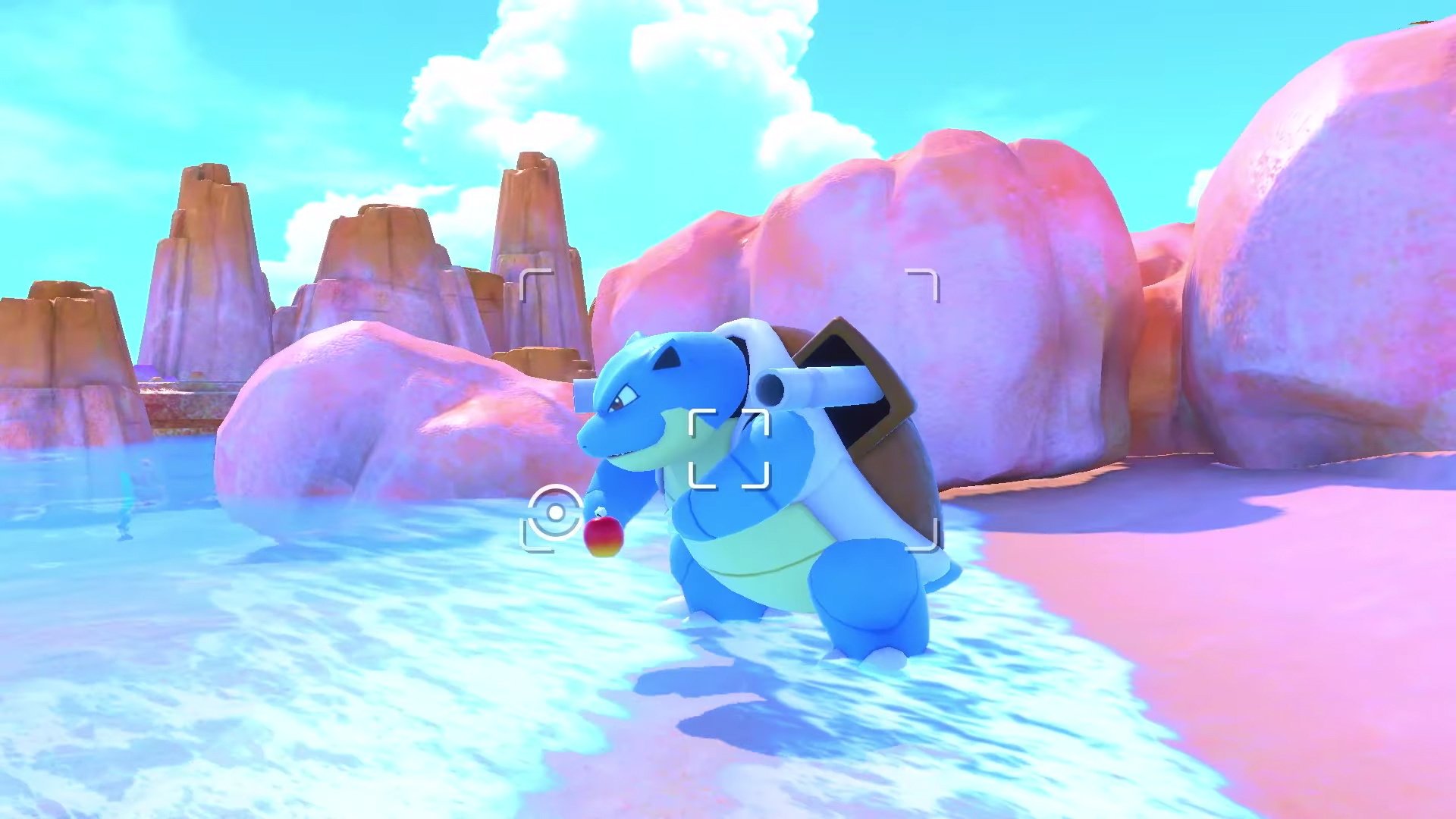
Like the original, NEW POKÉMON SNAP offers you tools to help capture better moments on film. You have bait (now referred to as fluffruit) to throw at Pokémon to get their attention or lure them out of hiding places, the ability to play music to make them dance or wake up, a scanning device which might trigger some abilities (effectively the game’s less satisfying answer to the original’s pester balls), and most importantly, Illumina Orbs, which when thrown can create any number of changes to the Pokémon’s behavior, as well as physically light them up in cool ways.
The tools themselves take some adjusting to—while the original POKÉMON SNAP was very linear in how each unlocked item worked and whether it was having an effect on the subjects, here it’s sometimes visually unclear how much anything has been altered when you’re using them. Playing music for Pokémon in particular didn’t seem to behaviorally change that many Pokémon despite being one of your main tools—Bellosom dance, a Slaking will wake up, but it’s a device you use throughout the entire run with little to show for it. Similarly, the camera’s scan ability, while a useful tool that highlights the location of nearby Pokémon, had hardly the same immediacy of the pester balls in the original in terms of what it was doing to the Pokémon. It’s an adjustment in subtlety that 20 hours into the game I still haven’t quite gotten over.
The levels, and the Pokémon that make up the world, recall many of the environments of the original—a jungle, a beach, a cave, a volcano—and it’s a pretty balanced mix of the original 150 with many of the newer creatures fans might have missed in subsequent iterations of the game. The 214 Pokémon available to photograph isn’t just a sizable increase on the original, but a dramatic shift in replayability. The way your Pokedex categorizes pictures with four different star rankings, not to mention the integration of online leaderboards, gives NEW POKÉMON SNAP a much higher ceiling of play. Each level has multiple aesthetic shifts (often a daytime and a nighttime option), and by being able to level up each environment, you gain access to newer Pokemon as well. While Bandai Namco’s rendering of this new region in the Pokémon universe is gorgeous, there are moments in each level that oddly lack stimulation; a game on rails is great in theory—novel in 2021 even—but it requires Pokémon to largely always be accessible so sections of the map aren’t rendered dead zones. Given the repetition required to further advance levels and even complete the game, it was strange to hit a large sand embankment for the 10th time and find myself kind of bored at the lack of photo opportunities presented to me.
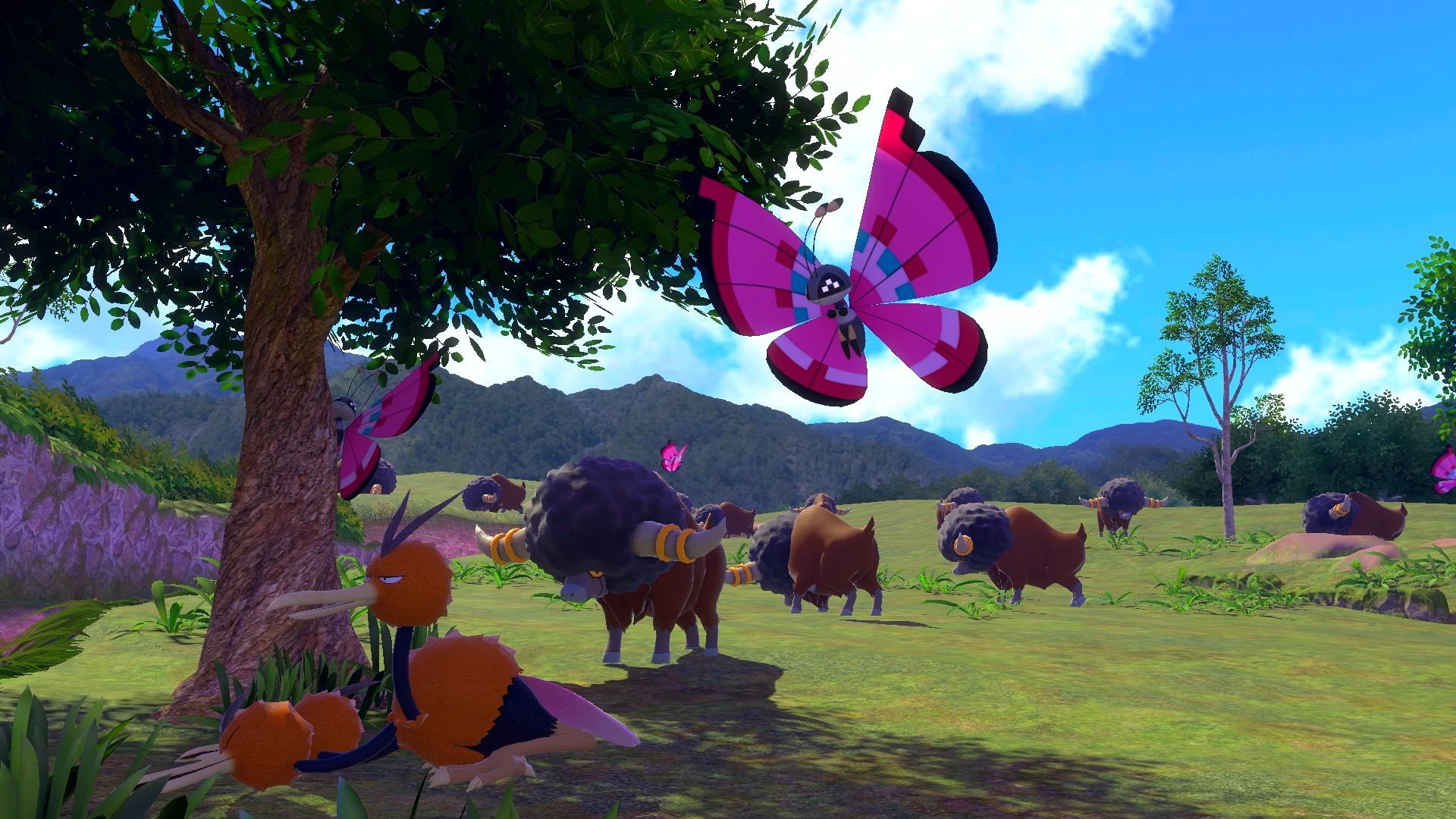
The addition of loose story mode was probably to be expected, especially given how bare-bones the original was, but it’s nothing that really makes or breaks the SNAP formula. Added are retreads of maps where, at least initially, the only singular Pokémon you’re photographing is a pseudo-boss-type for the entirety of the level. These are the Illumina Pokémon that make up the bulk of the research narrative of the game, and the reason Professor Mirror has sent you into the field. When photographing Meganium, for example, you have to make sure you hit it with Illumina Orbs for the photos to register, but Meganium being the only Pokémon you see on that run grows stale fast unless you’re looking for a specific pose. It’s an interesting experiment, perhaps an extension of the way Mew was a pseudo-final level, single Pokémon boss at the end of the original game, but beyond using it as a narrative tool the replay value exists more in the other more conventional environments.
By the end of the story mode, which can be completed in about eight-to-10 hours, it remains a mystery as to why it took so long for this game to see a sequel. Sure, the technical specs make NEW POKÉMON SNAP a visual treat, and you can use the Switch’s joy cons as a way to physically navigate the screen (which I found to be clunky, to say the least), but it’s not like the environments here wouldn’t have been largely similar on the Gamecube just five or six years after the original, or that movement patterns wouldn’t have been just as suitable (if perhaps better) on the Wii.
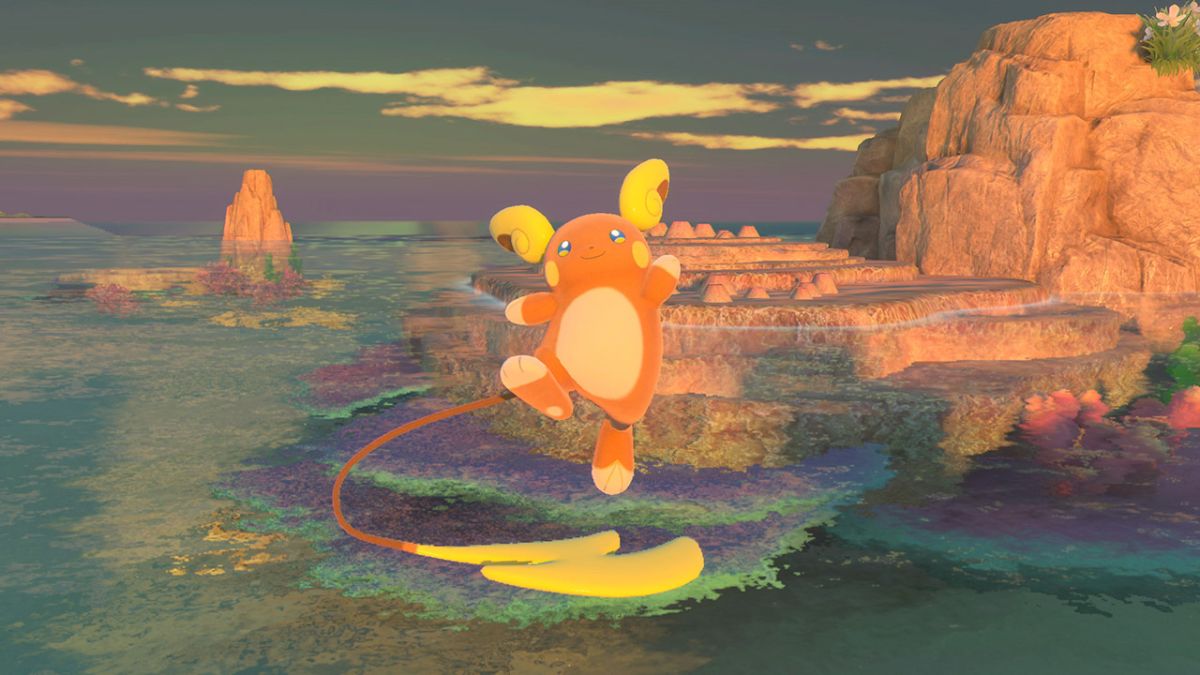
The online aspect of the game almost lacks a fundamental awareness of how our relationship with the camera as an entity exists now. The notion of seeing Pokémon, and to some degree photographing them if we’re considering POKÉMON GO, is far less novel in 2021 than it was in 1999. It’s fun to mess with filters or see trending photos, but the online components of the game don’t really do nearly enough to feel current when Instagram, Snapchat, and TikTok are apps we use on the daily. How that modern philosophy is meant to mix into the world of Pokémon I don’t know, but adding in leaderboards and some light photo sharing elements are obvious features that only barely cover a 20-year gap in technology trends.
The added depth and challenge are welcome additions to NEW POKÉMON SNAP, and ultimately even if they’re obvious things to update, they’re the things that mattered the most; an emphasis, of course, on catching (or snapping?) them all is certainly going to be more than enough for the average Pokémon fan, and it’s an easy recommendation in spite of any flaws it has. Still, it’s a stretch to say that that as a whole this feels like a substantial return to a cult classic. Worthy of a return after 20 years, perhaps, but a worthy evolution, I’m afraid not.


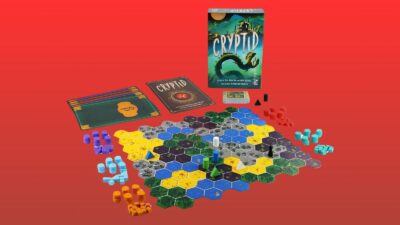

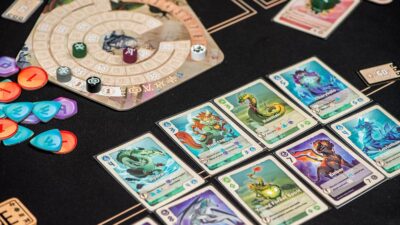

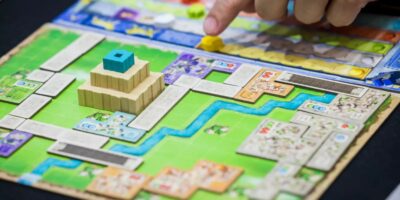
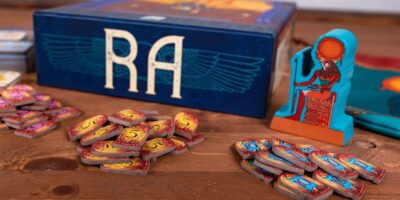
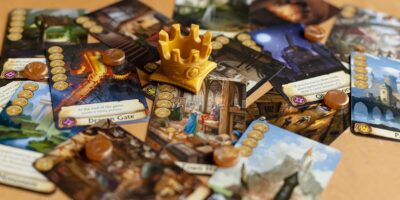
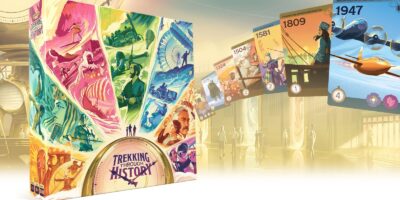






Comments